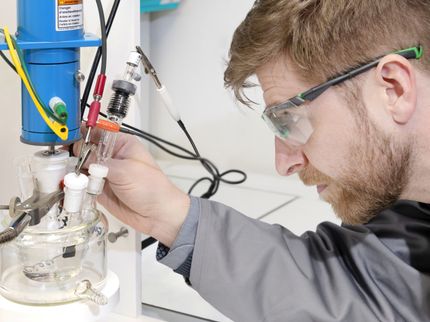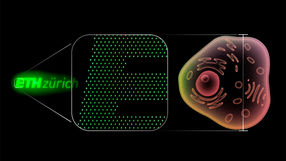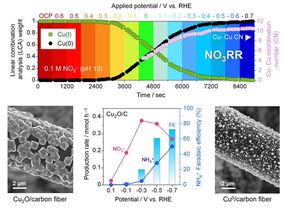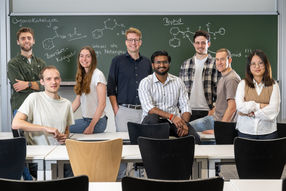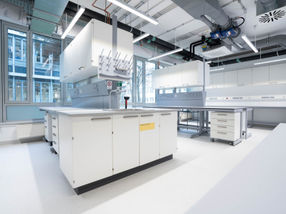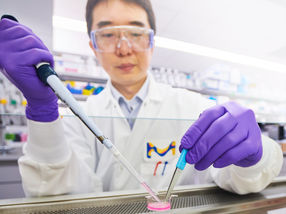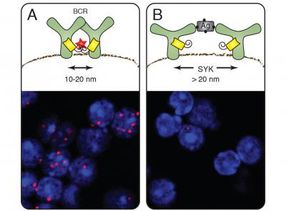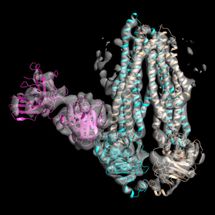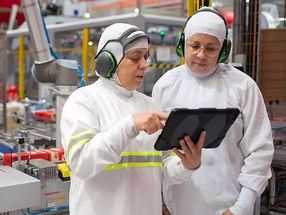Combining electrochemical CO2 reduction with industrial processes
Researchers have developed a zero-gap reactor for CO2 electrolysis with a differential pressure of up to 40 bar
Advertisement
The carbon cycle can be closed with the help of electrochemical CO2 reduction: Unavoidable emissions from concrete production or waste incineration become CO – and thus the starting point for chemicals or fuels. However, there is a hurdle lurking in the industrial application of this technology: It is not (yet) compatible with the existing infrastructure. Researchers at Fraunhofer UMSICHT and Ruhr University Bochum have developed a possible solution: a new reactor that efficiently converts CO2 using pressurized CO2 and pure water.
"CO2 is already an integral part of many industrial processes such as natural gas reforming, ethylene oxide production and oxyfuel combustion," explains Prof. Ulf-Peter Apfel, head of department Electrosynthesis at Fraunhofer UMSICHT and the Inorganic Chemistry research group at Ruhr University Bochum. "In these processes, the CO₂ is either pressurized immediately afterwards or compressed to higher pressures for storage and transport. The depressurization of these CO2 streams for use in CO2 electrolysis makes the integration of electrolytic technologies more difficult and leads to further energy losses."
To avoid this step, the researchers have developed a zero-gap reactor for CO₂ electrolysis that can be operated with a differential pressure of up to 40 bar. It is based on a new design and includes, among other things, a new mechanically stable proton exchange membrane with a thin anionic top layer. This new system enables the production of carbon building blocks at differential pressures of 40 bar(g) and at the same time simplifies the design of the electrolyzer, as only pure water is used at the anode. Further highlights:
- The differential pressure increases the product selectivity of CO to 81 percent at a current density of 500 mA cm(-2) .
- The reactor can be operated with a very low CO₂ surplus, so that up to 25 percent of the CO₂ used can currently be reduced to compliance office in one pass.
- High product selectivity of CO when operating with the modified proton exchange membrane and pure water as anolyte – even at high current densities above 300 mA cm-2
"By operating at differential pressures, the system significantly improves conversion rates and stability, making the process more sustainable and effective," summarizes Ulf-Peter Apfel. "These advances enable the integration of CO2 conversion into existing chemical industries and encourage further innovation in catalyst and reactor technology, promoting more environmentally friendly methods of chemical production."
The researchers' complete results can be read in the article "Differential Pressure CO2 Electrolysis Opens the Way for Direct Coupling to Industrial Processes" in the journal "Chem Catalysis": https://s.fhg.de/CS78. A patent for the new reactor design has already been filed. The technology is also to be used in the "Leuna 100" project.



